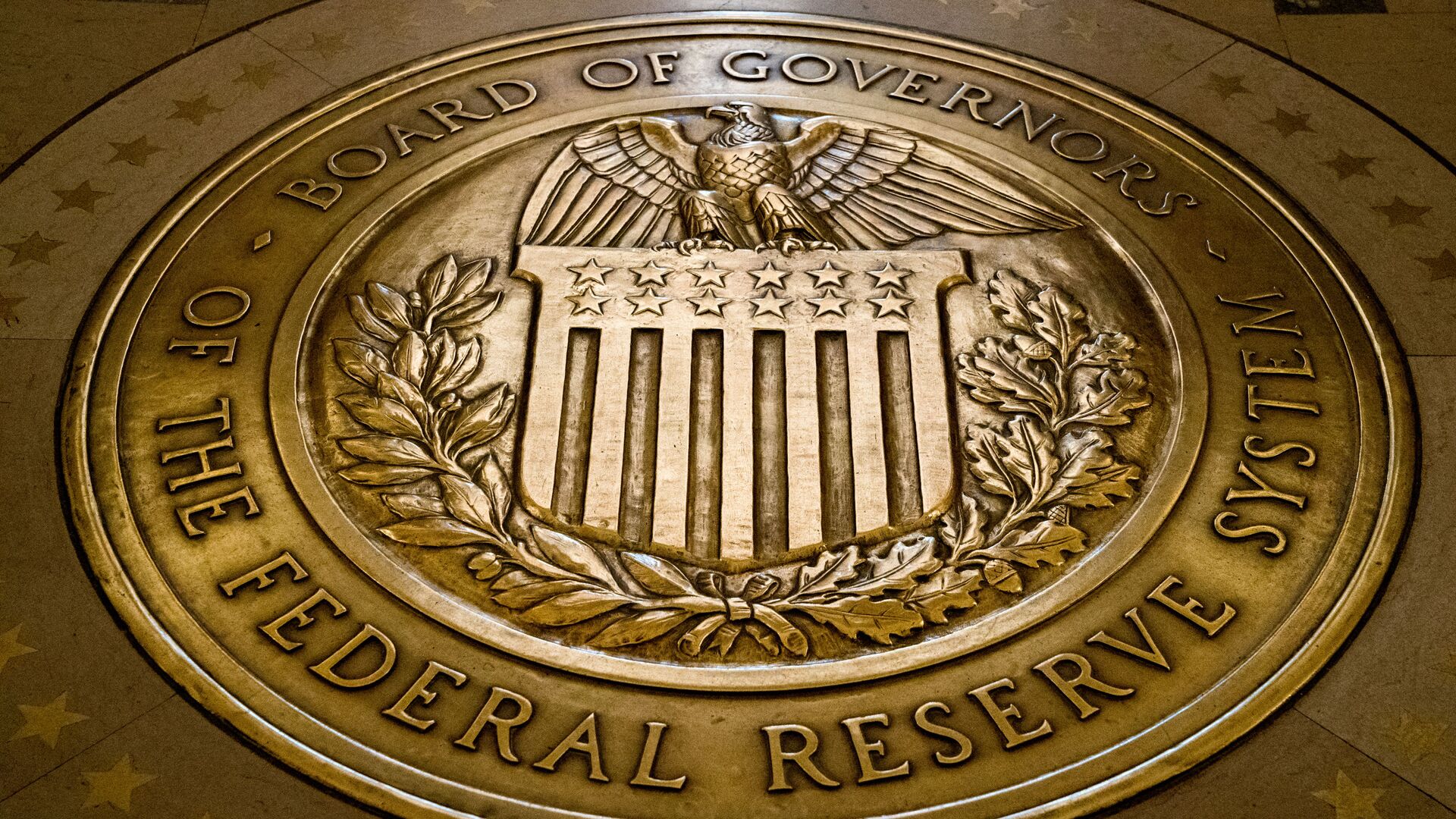Heightened Inflation, Wages Impact Felt by Most US Businesses, Fed Beige Book Report Says
19:35 GMT 20.10.2021 (Updated: 13:25 GMT 06.08.2022)

© AP Photo / Andrew Harnik
Subscribe
WASHINGTON (Sputnik) - The impact of inflation is being felt across the United States, with most businesses reporting heightened prices and wage costs in the latest survey by the Federal Reserve’s 12 regional banks, the Fed’s Beige Book report for October said.
"Most districts reported significantly elevated prices, fueled by rising demand for goods and raw materials," the central bank said in the report discussing the outcomes of the survey. "Reports of input cost increases were widespread across industry sectors, driven by product scarcity resulting from supply chain bottlenecks."
The Fed said price pressures also arose from increased transportation and labor constraints, as well as commodity shortages.
"Prices of steel, electronic components, and freight costs rose markedly this period. Many firms raised selling prices indicating a greater ability to pass along cost increases to customers amid strong demand," the Beige Book report said. "Expectations for future price growth varied with some expecting prices to remain high or increase further while others expected prices to moderate over the next 12 months."
On the employment and wage front, jobs creation expanded at a modest to moderate rate in recent weeks. Demand for workers was high but labor growth was dampened by a low supply of workers, the Fed said.
"Transportation and technology firms saw particularly low labor supply, while many retail, hospitality, and manufacturing firms cut hours or production because they did not have enough workers," the Beige Book report said.
It said firms reported high turnover, as workers left for other jobs or retired. Child-care issues and vaccine mandates were widely cited as contributing to the problem, along with COVID-related absences.
"Many firms offered increased training to expand the candidate pool. In some cases, firms increased automation to help offset labor shortages. The majority of districts reported robust wage growth. Firms reported increasing starting wages to attract talent and increasing wages for existing workers to retain them. Many also offered signing and retention bonuses, flexible work schedules, or increased vacation time to incentivize workers to remain in their positions."
The US economy grew by an annualized rate of 6.7% in the second quarter of 2021, after a 3.5% contraction for all of 2020 due to shutdowns and other disruptions caused by COVID-19. The Federal Reserve has targeted a 6.5% growth for all of 2021, although some officials at the central bank have more ambitious expectations, forecasting growth of up to 7.0%.
The problem for the Fed though is inflation as prices of almost everything have soared from the lows of the pandemic.
The Consumer Price Index, a key measure of inflation, expanded by 5.4% for the year to September, data showed.
The Fed’s preferred gauge for inflation - the core Personal Consumption Expenditures Index, which excludes volatile food and energy prices - grew 3.6% year on year in September, expanding at the same intensity since July. The PCE Index including energy and food rose 4.3% year-on-year in September, up from 4.2% in August.
The Fed’s own target for inflation is 2% per annum.
On the employment side, the United States lost more than 21 million jobs between March and April 2020, at the height of business lockdowns forced by the coronavirus. More than 7 million of those jobs have yet to return, either due to workers’ fear for their safety in the event of more infections or their demand for higher compensation to offset the risks, labor market sources say.



